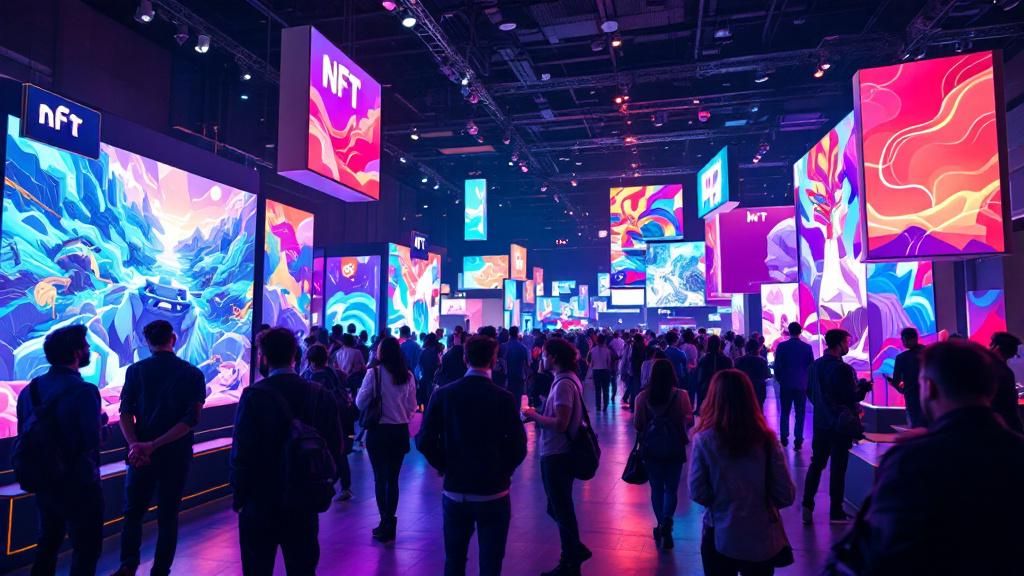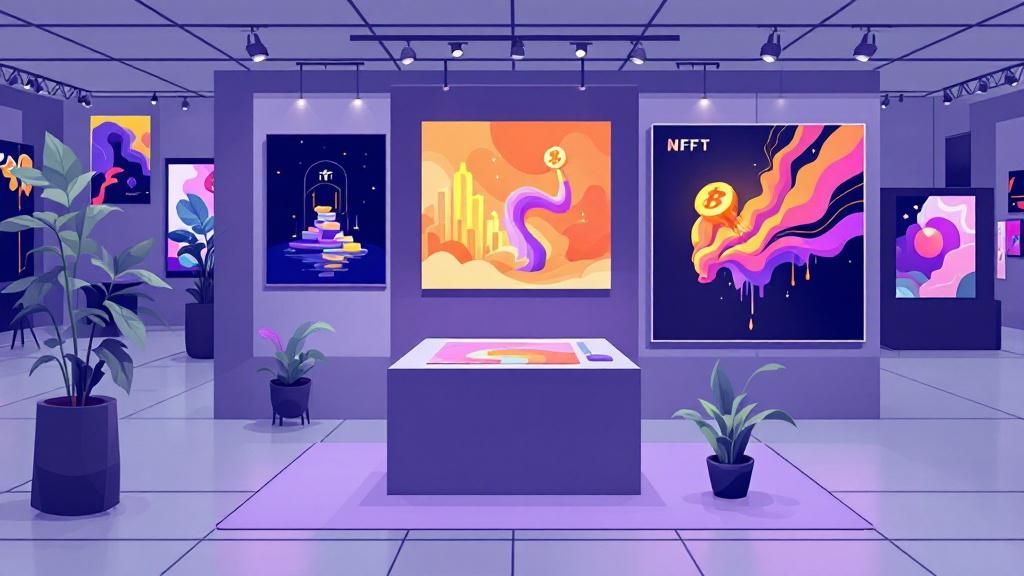
The fusion of art and blockchain continues to reshape the creative world. At the heart of this transformation are NFT art exhibitions—a vibrant display of digital creativity underpinned by blockchain's authenticity and transparency. As we head deeper into 2025, crypto conferences are increasingly placing NFT showcases center stage, enabling collectors, creators, and enthusiasts to explore the intersection of art and technology in dynamic new ways.
Whether you're a digital artist or a curious collector, understanding how NFT art is exhibited at these events can elevate your experience and even open new opportunities.
NFT art has moved beyond novelty status. In 2025, it’s a mainstay of creative expression and asset ownership. Conferences focused on blockchain and cryptocurrency offer:
These events serve as powerful platforms for democratizing digital art, while showcasing how blockchain can support creativity and provenance.
Planning to showcase your NFT art? Here are essential steps:
NFTs can include static images, animations, audio, and interactive elements. Choose display platforms that support your format (e.g., Ethereum for standard NFTs, Tezos for eco-friendly collections).
Some crypto shows focus on finance or gaming, while others prioritize creative experiences. Align your exhibition with the event's culture and attendee interests.
Use platforms like OnCyber or Spatial to create virtual galleries with rich interactivity. Ensure wallet integrations and artwork metadata are working seamlessly.
Whether in a metaverse setting or on-site, ensure your setup supports high-resolution media. For physical displays, invest in anti-glare, color-accurate digital frames.
Before exhibiting, clarify your usage rights. Some platforms may require proof of original creation or licensing details.

To captivate audiences at blockchain shows, your NFT presentation must be as dynamic as the technology itself. Here's how:
Rather than flooding your booth or gallery, showcase a tight selection of pieces that tell a story or follow a theme. Think: series, collabs, or evolving narrative arcs.
Immersive displays—such as motion-responsive screens, VR rooms, or projection mapping—encourage engagement and make your booth memorable.
Let attendees see not only the art, but what comes with it. Is there a physical collectible? Access to future airdrops? Community perks?
If you plan to mint or sell NFTs during the event, ensure that smart contracts are gas-efficient and secure. Consider Layer 2 networks for lower transaction fees.
Even experienced exhibitors encounter hurdles when setting up NFT showcases:
Cutting-edge tech can amplify your presence at an NFT event:
These integrations create multisensory experiences that deepen engagement.
Here are popular hardware and platforms used by NFT artists and curators in 2025:
When selecting display solutions, consider your audience’s access—on-site, mobile, or VR-based.
To leave an impression beyond the event:
The art is just the beginning—the community you build around it keeps the momentum going.

What types of NFTs are best suited for crypto conferences?
Visual pieces (images, 3D art, motion graphics) typically stand out, but audio and interactive NFTs can also shine with the right setup.
Do I need to attend in person to showcase NFT art?
Not necessarily. Many events have virtual galleries or metaverse integrations where your art can be exhibited remotely.
What platforms are best for virtual NFT galleries?
OnCyber, Spatial, and Artiva are widely used for immersive, wallet-connected galleries.
How can I make my NFT exhibit stand out?
Focus on interactivity, storytelling, and design coherence. Tech-enhanced displays and meaningful narratives make a difference.
Get exclusive insights into the ever-evolving worlds of Web3, along with exciting previews of upcoming projects and giveaways. Engage with the future today.
Subscribe Now